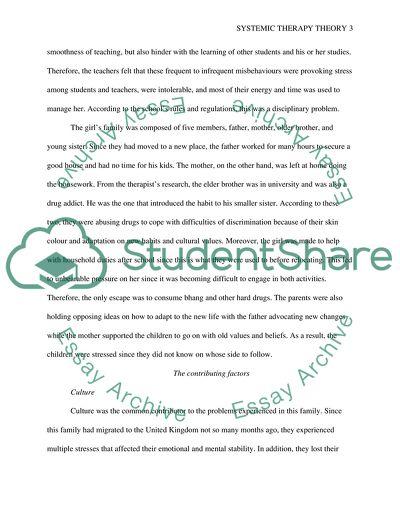Cite this document
(Discussing Differences While Working With a Family During Systematic Therapy Case Study Example | Topics and Well Written Essays - 2750 words, n.d.)
Discussing Differences While Working With a Family During Systematic Therapy Case Study Example | Topics and Well Written Essays - 2750 words. https://studentshare.org/psychology/1847004-systemic-therapy-essay-discussing-differences-working-with-a-family
Discussing Differences While Working With a Family During Systematic Therapy Case Study Example | Topics and Well Written Essays - 2750 words. https://studentshare.org/psychology/1847004-systemic-therapy-essay-discussing-differences-working-with-a-family
(Discussing Differences While Working With a Family During Systematic Therapy Case Study Example | Topics and Well Written Essays - 2750 Words)
Discussing Differences While Working With a Family During Systematic Therapy Case Study Example | Topics and Well Written Essays - 2750 Words. https://studentshare.org/psychology/1847004-systemic-therapy-essay-discussing-differences-working-with-a-family.
Discussing Differences While Working With a Family During Systematic Therapy Case Study Example | Topics and Well Written Essays - 2750 Words. https://studentshare.org/psychology/1847004-systemic-therapy-essay-discussing-differences-working-with-a-family.
“Discussing Differences While Working With a Family During Systematic Therapy Case Study Example | Topics and Well Written Essays - 2750 Words”. https://studentshare.org/psychology/1847004-systemic-therapy-essay-discussing-differences-working-with-a-family.


